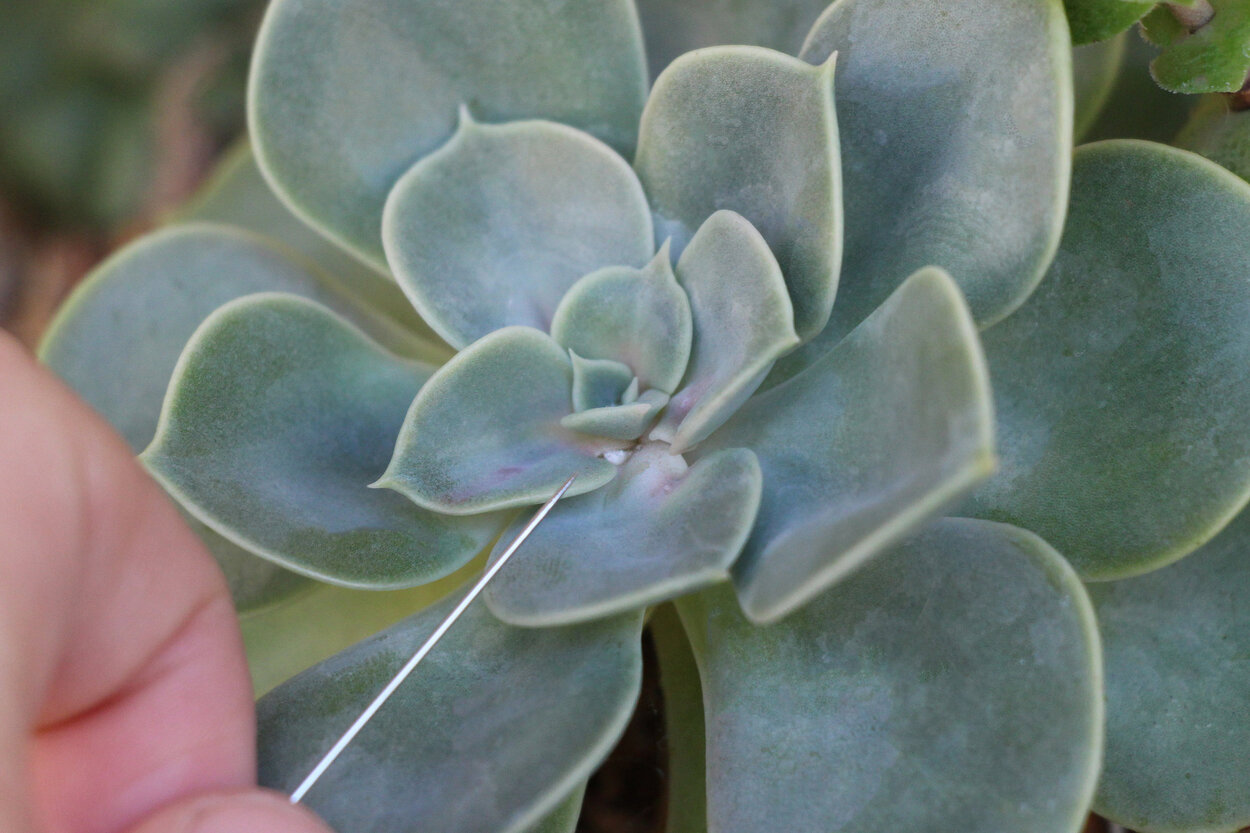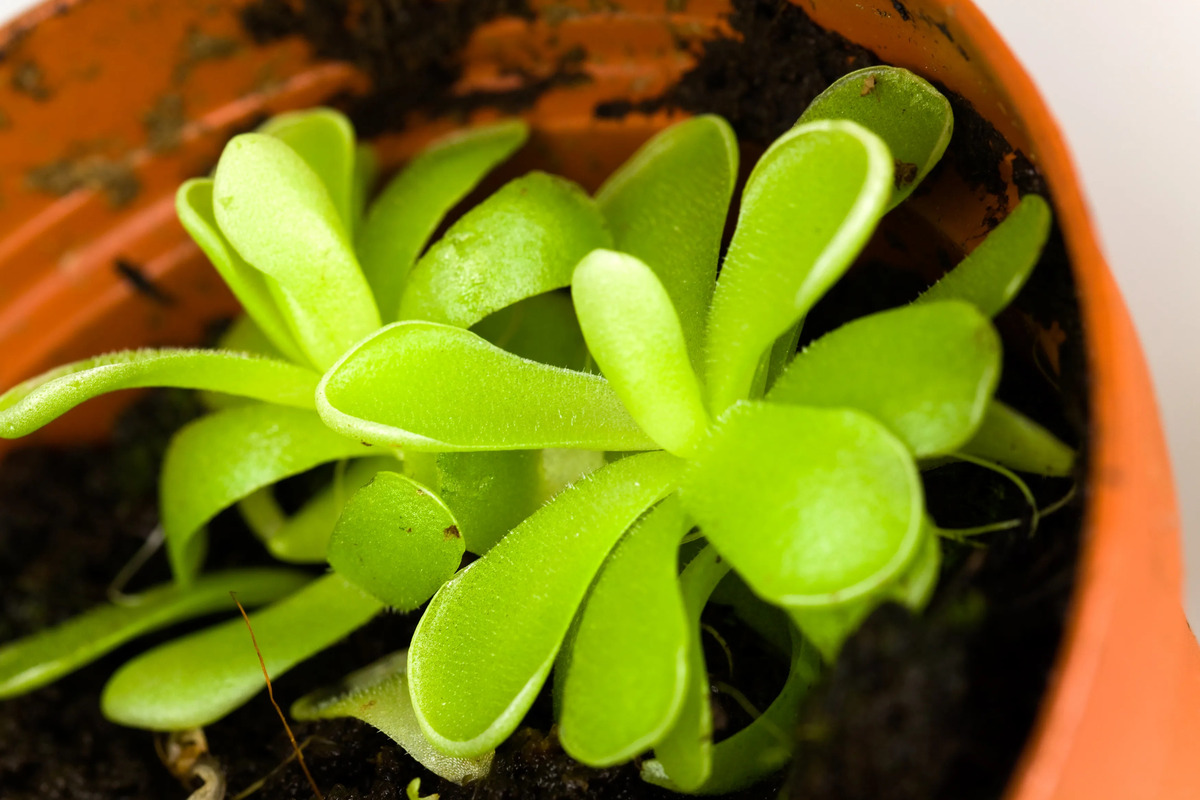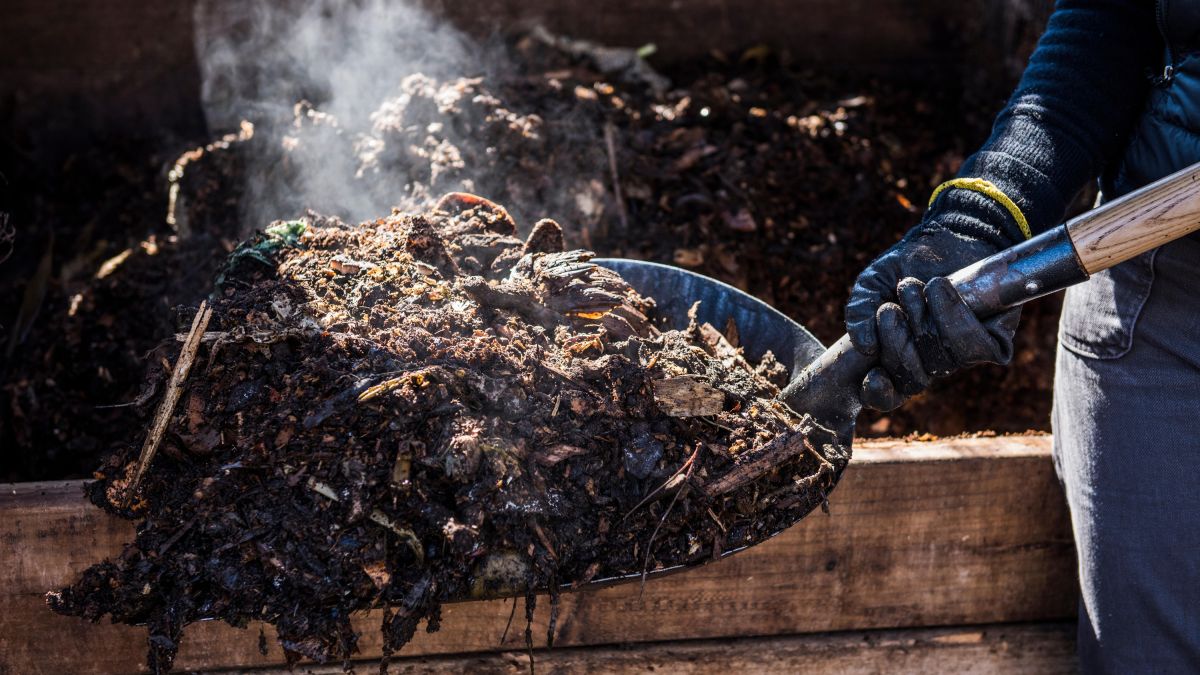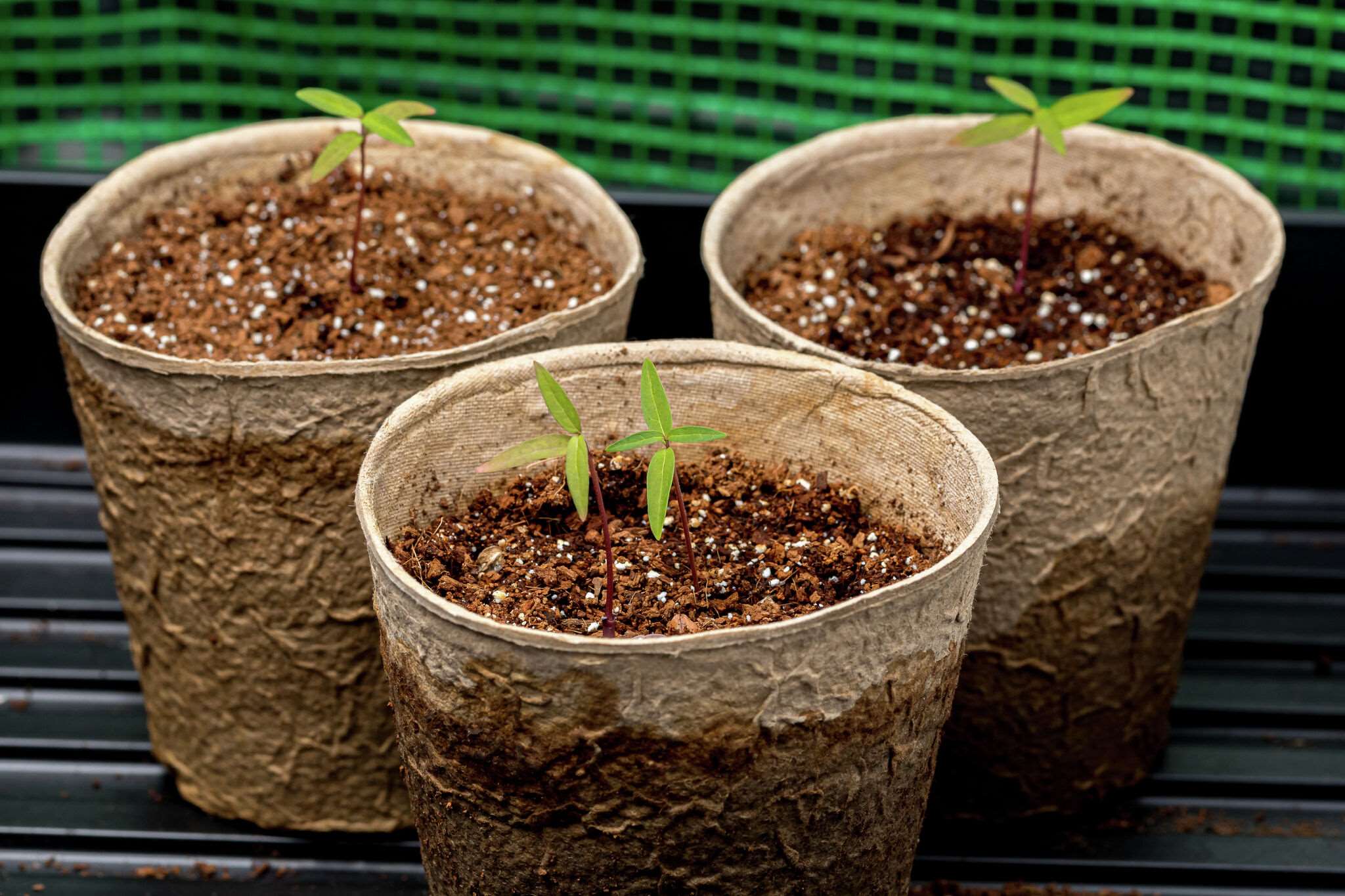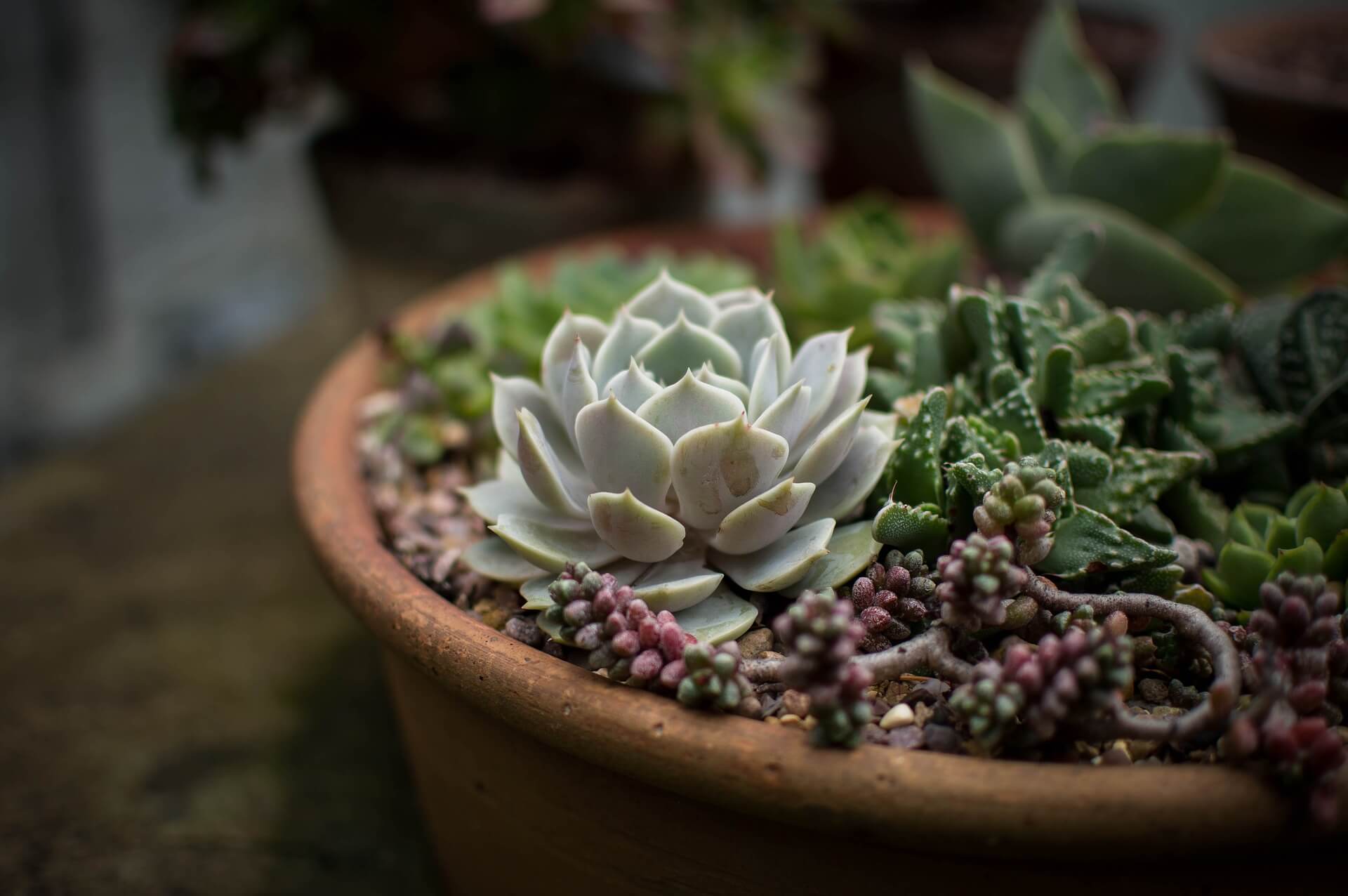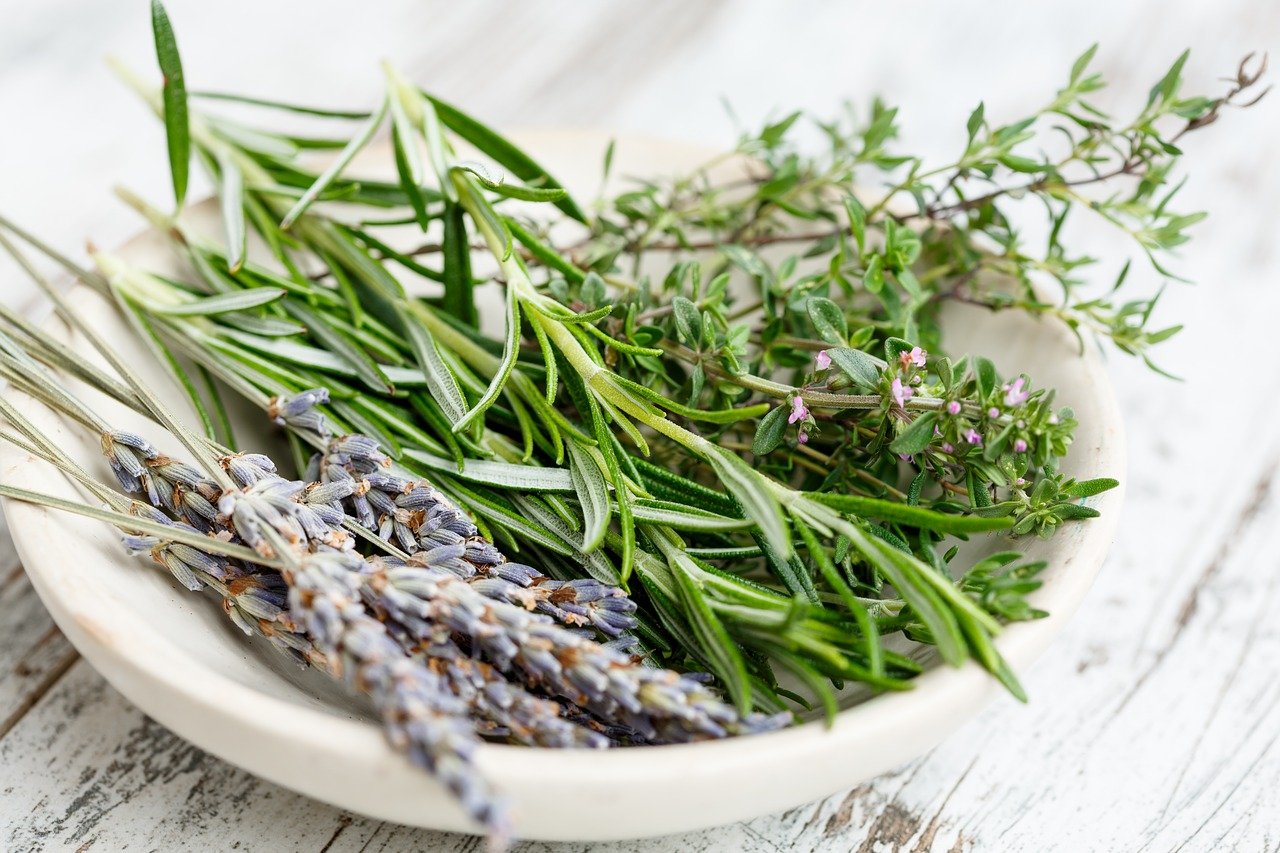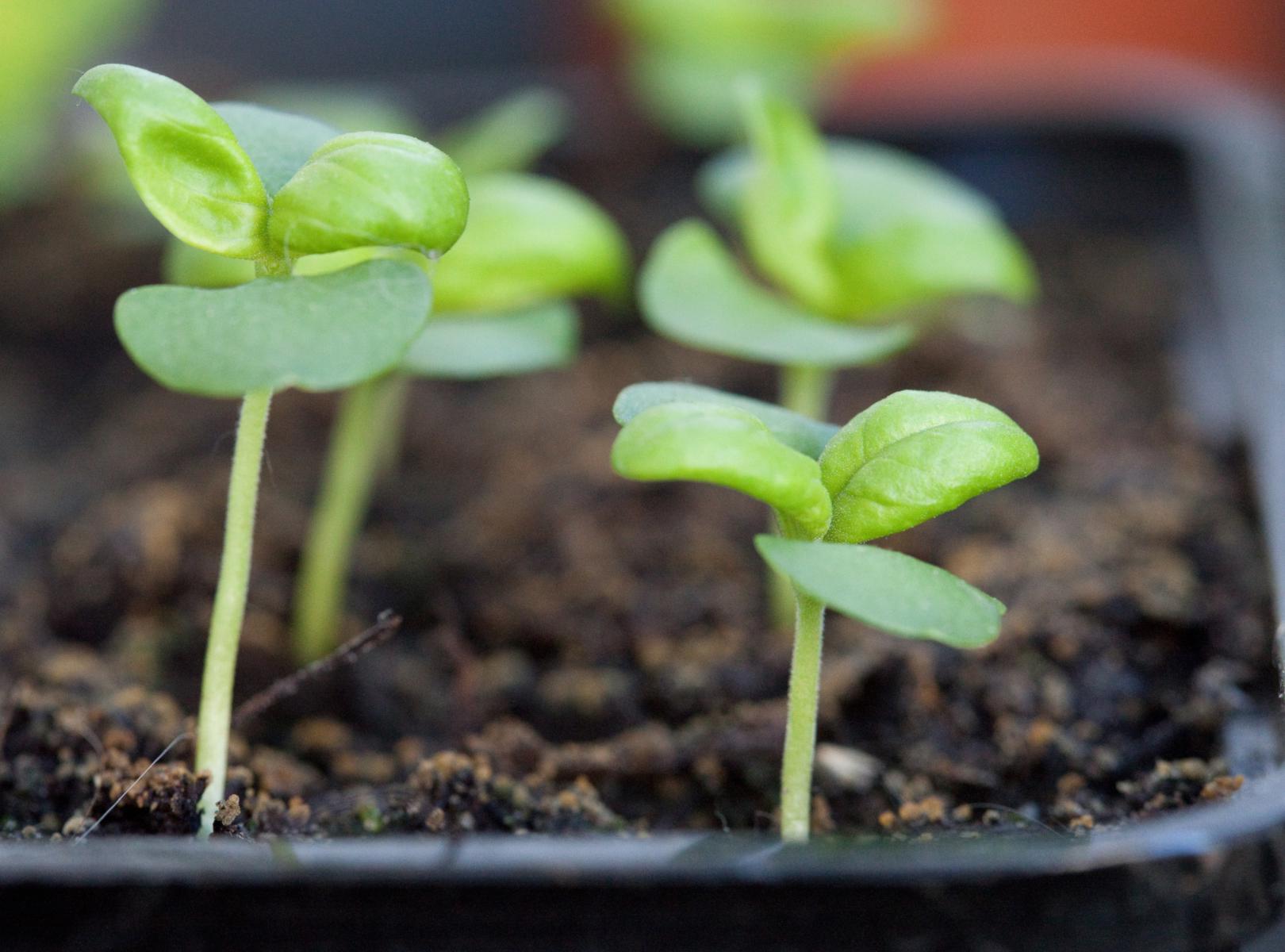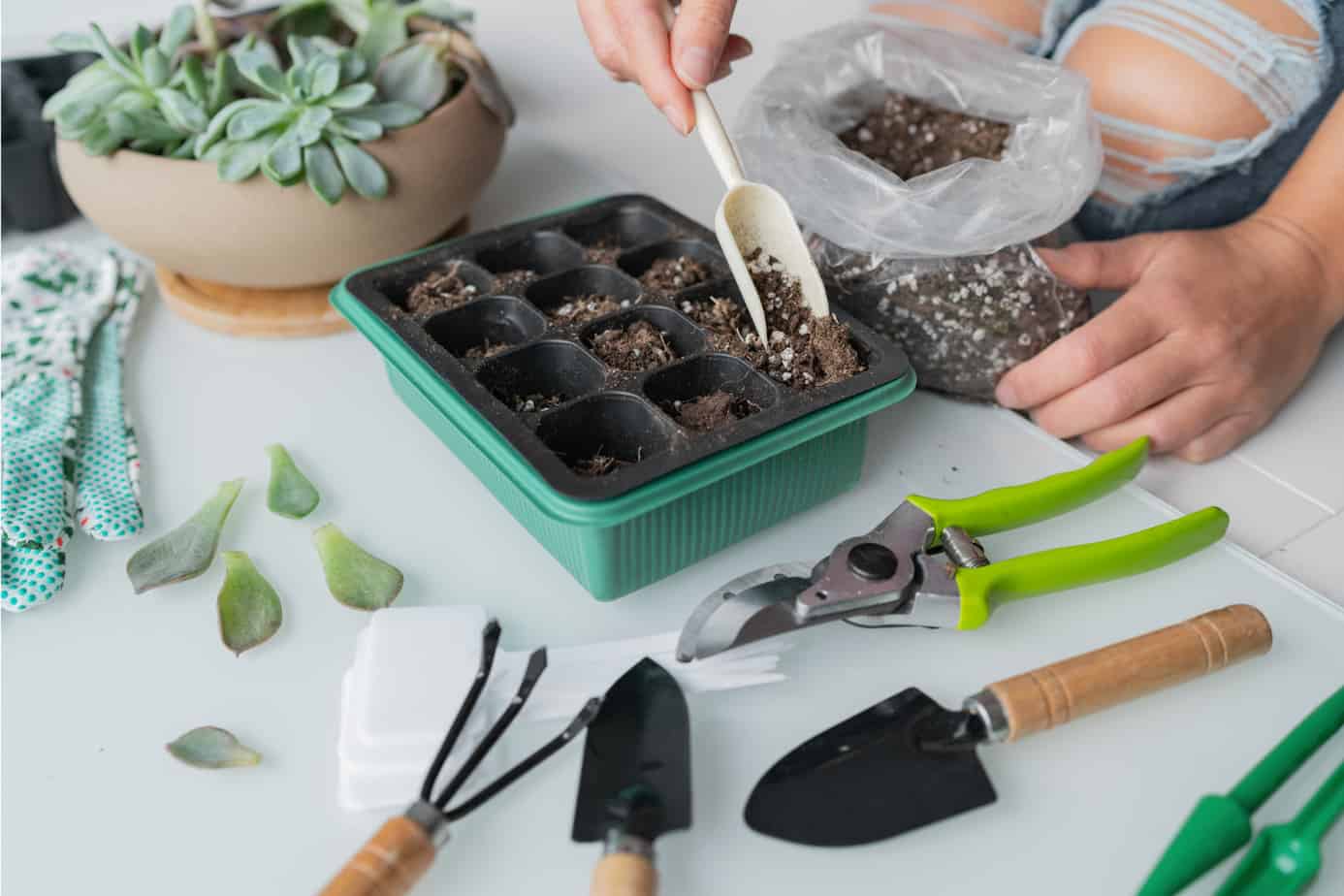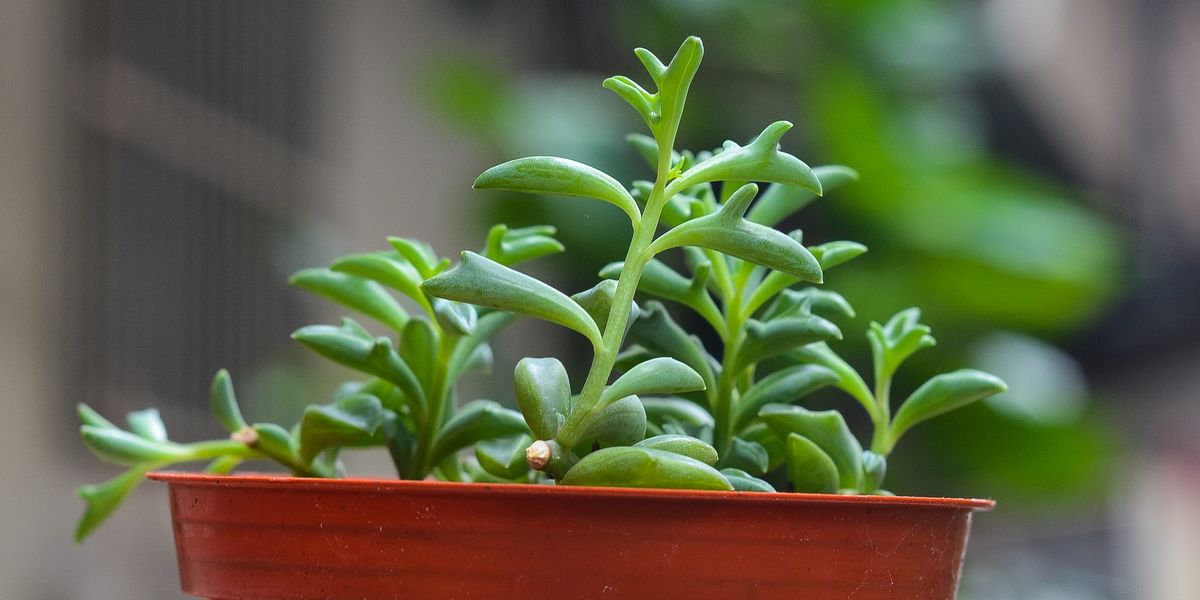Home>Types of Gardening>Ornamental Gardening>How Cold Can Succulents Get
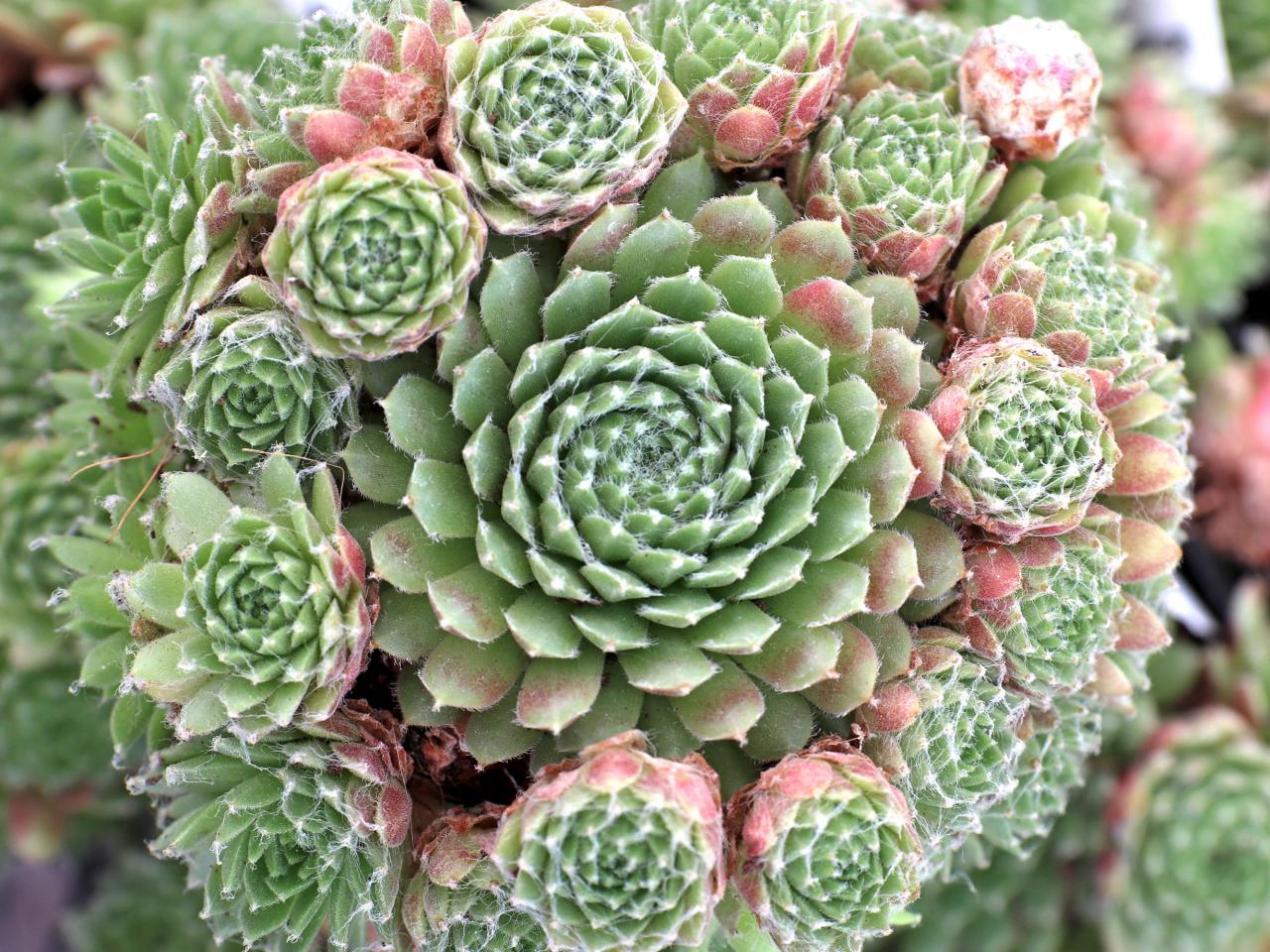

Ornamental Gardening
How Cold Can Succulents Get
Published: December 24, 2023
Discover the ideal temperature range for succulents in ornamental gardening. Learn how cold they can tolerate and how to protect them during winter.
(Many of the links in this article redirect to a specific reviewed product. Your purchase of these products through affiliate links helps to generate commission for Chicagolandgardening.com, at no extra cost. Learn more)
Table of Contents
Introduction
Welcome to the fascinating world of succulents! These unique and resilient plants have become increasingly popular in ornamental gardening due to their striking appearance and ability to thrive in diverse environments. Whether you’re a seasoned gardener or just starting your green thumb journey, understanding the cold tolerance of succulents is crucial for their survival and well-being.
Succulents are a diverse group of plants that have adapted to thrive in arid and semiarid regions. They are known for their fleshy, thick leaves and stems that store water, enabling them to tolerate long periods of drought. Their ability to retain water makes them a perfect choice for those looking to create low-maintenance and water-wise gardens.
While succulents are typically associated with hot and dry climates, many species are surprisingly cold-hardy. They have evolved mechanisms to withstand freezing temperatures and even snowfall, making them suitable for gardeners in colder regions. However, not all succulents possess the same level of cold tolerance, and understanding their limits is essential to ensure their survival through frosty winters.
Throughout this article, we will explore the hardiness of succulents, the factors that influence their cold tolerance, the ideal temperature range for their growth, the effects of cold on these plants, and tips to protect them from freezing temperatures. We will also highlight some cold-hardy succulent species that can thrive in chilly climates.
So, whether you’re a succulent enthusiast venturing into colder gardening territory or simply curious about the cold resilience of these remarkable plants, let’s delve into the world of cold-hardy succulents and discover how to create a stunning and resilient garden even in chilly conditions.
Understanding Succulents
Succulents are a diverse group of plants that belong to various families, including the Crassulaceae, Cactaceae, and Euphorbiaceae families, to name a few. What sets succulents apart from other plants is their unique ability to store water in their leaves, stems, or both, allowing them to survive in arid and semi-arid environments.
The fleshy, thick leaves of succulents are specially adapted to store water, providing them with a reservoir to draw from during times of drought. These leaves have a waxy or hairy coating, which helps to reduce water loss through evaporation. Additionally, their compact growth habit and shallow root systems enable them to capture and retain water efficiently.
Interestingly, succulents have evolved in various regions around the world, from arid deserts to high-altitude mountains. This adaptability to different climates makes them an excellent choice for ornamental gardening, as they can thrive both indoors and outdoors, adding beauty and intrigue to any landscape.
There are thousands of different succulent species, each with its own unique traits and characteristics. Some popular succulent genera include Aloe, Echeveria, Sedum, and Crassula. These plants display a wide range of forms, colors, and textures, making them highly sought after by gardeners and collectors alike.
In addition to their water-storing abilities, succulents have developed other survival mechanisms to thrive in their native habitats. For instance, some succulent species have succulent stems instead of leaves, allowing them to photosynthesize and store water at the same time. Others have adapted to withstand intense sunlight and extreme temperatures by producing a protective layer of epicuticular wax on their surfaces.
Another notable characteristic of succulents is their ability to reproduce asexually through methods such as leaf propagation and stem cuttings. This means that, with proper care and propagation techniques, you can easily expand your succulent collection and share them with fellow plant enthusiasts.
Now that we have an understanding of what makes succulents unique and resilient, let’s explore the different factors that influence their ability to tolerate cold temperatures.
The Hardiness of Succulents
When it comes to cold tolerance, succulents can vary significantly depending on the species and their native habitats. Some succulents are highly cold-hardy and can withstand freezing temperatures, while others are more sensitive to the cold and require protection or indoor shelter during chilly months.
The hardiness of succulents is typically determined by their ability to endure specific temperature ranges without experiencing damage or significant stress. This is often measured using the USDA Hardiness Zone Map, which categorizes regions based on their average minimum winter temperatures.
Succulents that are native to desert regions, such as many cacti species, are often more cold-tolerant compared to succulents from tropical or subtropical climates. These desert-dwelling succulents have adapted to survive harsh conditions, including cold nights followed by scorching hot days.
On the other hand, succulents hailing from regions with milder winters, such as some Echeveria or Sedum species from Mediterranean climates, may need extra protection during frosty weather. These succulents are not inherently intolerant of the cold, but their natural habitats seldom experience prolonged freezing temperatures.
It’s important to note that while succulents may be labeled as “hardy” or “cold-hardy,” their tolerance to cold temperatures can still vary within that range. Factors such as the duration and severity of the cold, as well as the overall health and maturity of the plant, can influence its ability to withstand freezing conditions.
Understanding the hardiness of the succulents in your garden is crucial for selecting the right plants for your specific climate and ensuring their long-term survival. By knowing the average minimum winter temperature in your region and matching it to the suitability of different succulent species, you can create a thriving and resilient succulent garden.
In the following sections, we will delve into the various factors that can influence the cold tolerance of succulents and explore the ideal temperature range for their growth. This knowledge will guide you in providing the best care and protection for your cold-hardy succulents.
Factors Influencing Cold Tolerance
The cold tolerance of succulents can be influenced by several factors, which determine their ability to endure freezing temperatures. Understanding these factors will help you make informed decisions about the care and protection of your cold-hardy succulents during winter months.
Species and Genetics: The inherent cold tolerance of a succulent species plays a significant role in determining its ability to withstand freezing temperatures. Some succulent species naturally evolved in colder climates and have developed adaptations to survive cold conditions. These cold-hardy species, such as Sempervivum or Agave, are more likely to endure frost without damage compared to succulents originating from warmer regions.
Maturity and Health: The maturity and overall health of a succulent can impact its cold tolerance. Older and well-established plants tend to be hardier, as they have developed stronger root systems and stored more energy reserves. On the other hand, younger or stressed succulents may be more susceptible to frost damage, so providing extra protection or bringing them indoors during extreme cold is crucial.
Acclimation: Succulents have the ability to acclimate to changing environmental conditions, including cold temperatures. Exposing your succulents to gradual temperature drops during autumn allows them to adjust their physiological processes and become more resilient to the cold. Avoid sudden temperature fluctuations, as they can shock the plants and make them more vulnerable to frost damage.
Growing Conditions: The growing conditions of succulents can influence their cold tolerance. Succulents that are grown in well-draining soil and receive adequate sunlight and airflow are generally hardier. Proper soil drainage prevents waterlogged roots, which can freeze and damage the plant. Additionally, sufficient sunlight helps plants remain healthy and better equipped to deal with cold stress.
Microclimates: Your garden may have microclimates, which are small-scale variations in temperature and environmental conditions. These microclimates can be created by structures, such as walls or buildings, or natural features like slopes or bodies of water. Some areas in your garden may be slightly warmer than others due to these factors. Understanding the microclimates in your garden can help you strategically place cold-sensitive succulents in more protected areas.
Weather Patterns: The weather patterns in your region can also impact the cold tolerance of succulents. Unusually severe or prolonged cold spells can test the limits of even the most cold-hardy succulents. It is essential to stay informed about the local weather forecast and take appropriate measures, such as covering plants or providing supplemental heat, when necessary.
By considering these factors and adapting your gardening practices accordingly, you can enhance the cold tolerance of your succulents and ensure their survival through winter months. In the next section, we will explore the ideal temperature range for succulents and understand their specific temperature preferences for optimal growth.
Ideal Temperature Range for Succulents
Succulents have adapted to thrive in various climates, from scorching deserts to temperate regions. Understanding their ideal temperature range is crucial for providing the optimal growing conditions and ensuring their overall health and well-being.
Generally, most succulents prefer temperatures that range between 60°F (15°C) and 80°F (27°C) during the day. These temperatures mimic their native habitats and allow for optimal growth and photosynthesis. However, it’s important to remember that succulents can tolerate a wide range of temperatures, and some species can thrive in temperatures outside of this range.
When it comes to nighttime temperatures, succulents typically tolerate slightly cooler conditions. As long as the temperatures do not fall below 40°F (5°C), most succulents can withstand the chilly nights. However, prolonged exposure to temperatures near or below freezing can be detrimental to many succulent species, especially those that are not naturally cold-hardy.
It is essential to consider the temperature fluctuations between day and night when growing succulents. These variations can stress the plants and impact their overall growth and health. Providing proper insulation or protection during the colder nights can help mitigate these temperature swings and prevent damage to the succulents.
In regions with colder climates, it’s important to know the specific temperature requirements of the succulent species you are growing. Some succulents, such as Sempervivum and Sedum, are known for their exceptional cold tolerance and can withstand freezing temperatures down to -20°F (-29°C). These cold-hardy succulents are excellent choices for gardeners in northern regions who want to enjoy the beauty of succulents year-round.
On the other hand, succulents from tropical or subtropical climates, like many Echeveria or Aeonium species, may struggle in extremely cold conditions and require protection or indoor shelter during winter. These species typically prefer warmer temperatures and may suffer frost damage if exposed to freezing temperatures for extended periods.
Knowing the ideal temperature range for the succulents in your garden allows you to plan accordingly and provide the best growing conditions for their specific needs. By understanding the temperature preferences of each species, you can ensure their optimal growth and overall well-being.
In the next section, we will explore the effects of cold on succulents and understand how freezing temperatures can impact these resilient plants.
Effects of Cold on Succulents
While succulents are generally resilient and can tolerate a range of temperatures, exposure to cold and freezing temperatures can have various effects on these plants. Understanding the potential impacts of cold on succulents will help you identify and address any issues that may arise during colder weather.
Frost Damage: One of the most significant concerns for succulents during cold weather is frost damage. When succulents are exposed to freezing temperatures, ice crystals can form within their plant cells. These ice crystals can rupture cell walls and membranes, causing irreversible damage to the plant tissues. Signs of frost damage include blackened or mushy leaves, translucent or discolored spots, and wilting or shriveling of the plant.
Succulent may go dormant: Some succulents have the ability to go dormant during the winter months. They may reduce their growth and water requirements to survive the cold period. This dormancy phase allows them to conserve energy and protect themselves from the detrimental effects of freezing temperatures. If you notice a slowdown in growth or a decrease in water requirements during winter, it could be a sign that your succulent has entered a dormant state.
Reduced Photosynthesis: Cold temperatures can significantly impact the photosynthetic process in succulents. Low temperatures can slow down or even halt photosynthesis, the process that allows plants to convert sunlight into energy. This reduction in photosynthesis leads to a decrease in overall plant growth and can contribute to weaker and less vibrant succulents.
Increased Susceptibility to Disease: Cold-stressed succulents may become more susceptible to various diseases and infections. Prolonged exposure to cold and wet conditions can weaken the plant’s immune system and create favorable conditions for the development of fungal or bacterial infections. It is important to ensure proper ventilation and drainage in succulent containers and beds to prevent excess moisture buildup.
Root Damage: Freezing temperatures can also affect the roots of succulents, especially if the soil becomes waterlogged or if the plant is exposed to prolonged cold conditions. Frozen soil can restrict root growth and prevent the plant from taking up essential nutrients and water. This root damage can lead to stunted growth, wilting, or even death of the succulent.
It’s important to note that the effects of cold on succulents can vary depending on the species, their inherent cold tolerance, and the severity and duration of the cold period. Understanding the specific needs of your succulents and providing proper care and protection during winter will help mitigate any potential damage and ensure the long-term health and survival of your plants.
In the next section, we will explore effective strategies to protect succulents from cold and provide them with the necessary care during winter months.
How to Protect Succulents from Cold
Protecting your succulents from cold and freezing temperatures is essential to ensure their survival and well-being during winter months. By implementing a few simple strategies, you can provide adequate protection and care to help your succulents thrive even in chilly conditions.
Here are some effective ways to protect your succulents from the cold:
1. Provide Insulation: Covering your succulents with a layer of frost cloth, blankets, or burlap can help insulate them and protect them from freezing temperatures. Make sure the covering reaches all the way to the ground to trap the heat generated by the soil. Avoid using plastic materials as they can trap moisture and lead to rot.
2. Move Indoors: If you have potted succulents that are not cold-hardy, consider bringing them indoors during the winter. Place them in a well-lit area near a window where they can receive sufficient sunlight. Keep in mind that succulents still need some exposure to cool temperatures, so avoid placing them in overly warm environments.
3. Choose Sheltered Locations: Position your succulents in areas of your garden that offer natural protection from the cold, such as near walls or under the canopy of larger plants or trees. These locations can create microclimates that offer some extra insulation and shield the succulents from harsh winds.
4. Protect the Roots: Insulating the roots of your succulents is just as important as protecting the above-ground foliage. Applying a layer of mulch around the base of the plants can help insulate the soil and prevent it from freezing. Use organic materials like straw, wood chips, or leaves for effective insulation.
5. Water Carefully: Be mindful of your watering practices during the cold season. Succulents are more susceptible to root rot in cold, wet conditions. Water sparingly and allow the soil to dry out between waterings. Avoid watering in the evening, as the moisture can freeze overnight and cause damage to the plant.
6. Monitor Temperature Changes: Keep an eye on the weather forecast and be prepared to take additional protective measures if extremely cold temperatures or frost are expected. Consider using temporary structures, like cloches or mini greenhouses, to provide extra insulation and protection for your delicate succulents.
7. Prune Damaged Plant Parts: After a cold spell, inspect your succulents for any frost-damaged or mushy plant parts. Remove these damaged portions to prevent the spread of disease or rot and promote new growth once the weather improves.
By implementing these strategies and adapting them to your specific succulent species and climate, you can provide the necessary protection and care to help your succulents thrive during cold and frosty periods.
In the next section, we will explore some cold-hardy succulent species that can withstand freezing temperatures and add beauty to your winter garden.
Cold-Hardy Succulent Species
If you live in an area with colder climates, there are several cold-hardy succulent species that can withstand freezing temperatures and still bring beauty to your garden. These resilient succulents have adapted to endure harsh conditions and can thrive even in chilly environments. Here are a few cold-hardy succulent species to consider for your winter garden:
Sempervivum: Commonly known as hens and chicks, Sempervivum is one of the most cold-hardy succulent genera. These rosette-shaped succulents come in a variety of colors, from green to red to purple, and they create beautiful garden displays even through winter. Sempervivum can tolerate temperatures as low as -20°F (-29°C) without significant damage.
Sedum: Another versatile and hardy succulent genus is Sedum. These low-growing succulents are known for their fleshy leaves and adaptability. Many Sedum species are cold-hardy and can endure freezing temperatures down to -30°F (-34°C). Varieties like Sedum spurium, Sedum kamtschaticum, and Sedum sieboldii are popular choices for cold climates.
Hylotelephium (Stonecrop): Formerly known as Sedum, the Hylotelephium genus offers a range of cold-tolerant succulents. These upright or trailing succulents feature dense clusters of flowers in shades of pink, red, or white. Hylotelephium species like Hylotelephium spectabile, Hylotelephium cauticola, and Hylotelephium telephium are excellent choices for cold regions.
Agave: While many Agave species are native to arid regions, some can handle colder climates. Agave parryi, Agave utahensis, and Agave victoriae-reginae are a few cold-hardy Agave species that can survive temperatures as low as 0°F (-18°C) with proper care and protection.
Opuntia (Prickly Pear Cactus): Prickly Pear Cactus, belonging to the Opuntia genus, is highly adaptable and can withstand freezing temperatures. This resilient cactus features paddles or segments with spines and vibrant flowers. Opuntia humifusa, Opuntia polyacantha, and Opuntia fragilis are cold-hardy species that can thrive in cold climates.
These are just a few examples of cold-hardy succulent species. It’s important to remember that even within these genera, some varieties may have different levels of cold tolerance. Research specific cultivars to ensure they are suitable for your particular climate.
By incorporating these cold-hardy succulents into your garden, you can create stunning winter displays that will withstand freezing temperatures and add beauty to your outdoor space. Remember to provide proper care and protection during extreme cold periods to help these succulents thrive in your chilly climate.
In the final section, we will wrap up with a recap of the importance of understanding cold tolerance for succulents in ornamental gardening.
Conclusion
Understanding the cold tolerance of succulents is crucial for successful ornamental gardening in regions with varying climates. These resilient plants have evolved unique adaptations to survive in arid and semi-arid environments, making them a popular choice for low-maintenance and water-wise gardens.
When it comes to cold tolerance, succulents exhibit a wide range of abilities. Some species, like Sempervivum, Sedum, and certain Agave varieties, are highly cold-hardy and can withstand freezing temperatures without significant damage. Others, especially those from tropical or subtropical climates, may need protection or indoor shelter during cold spells.
Factors such as species genetics, maturity, growing conditions, and acclimation influence the cold tolerance of succulents. By considering these factors and implementing the appropriate protective measures, such as insulation, relocation indoors, and careful watering, you can help your succulents survive and thrive during colder months.
Additionally, identifying cold-hardy succulent species, including Sempervivum, Sedum, Hylotelephium, Agave, and Opuntia, gives you the opportunity to create stunning winter displays in your garden. These cold-tolerant succulents can withstand freezing temperatures and add beauty to your outdoor space even during the harshest winters.
Remember to monitor weather patterns, adjust your gardening practices accordingly, and provide extra care and protection during extreme cold spells. By taking these steps, you can ensure the health and longevity of your succulents, allowing them to thrive and brighten up your garden year-round.
So, whether you’re a seasoned gardener or a succulent enthusiast venturing into new territory, armed with the knowledge of succulent cold tolerance and the strategies to protect them, you can create a stunning garden filled with resilient and beautiful succulents.
